In recent decades, there has been a movement to seal masonry surfaces. Protective treatments applied to brick, stone and masonry are designed to provide a first line of defense against moisture intrusion.
These include water repellents, water repellent stains, sealants, and similar coatings. Ordinary sealants will produce a thin, film on the surface. Penetrating sealants are absorbed deep into the brick or masonry. Regardless, the wall should be prepared and looking as close to perfect as possible prior to applying sealant.
—The Editor
What should be done to a masonry wall before waterproofing? Let’s consider the answer systematically:
Sealing a masonry wall is like taking a photograph. When people pose for a graduation or wedding photo, they know it will be seen by many people for many years, so they take extra care with their appearance: their hair, their clothes, and even the expressions on their faces. In the same way, sealing a masonry wall captures a moment in time and preserves it for all to see.
The preserved wall will be seen for many years by everyone who passes by the structure. It is an advertisement for the property owner and for the contractor who did the sealing. Both want that advertisement to show the structure at its very best.

Masonry can be permanently tinted to match virtually any other color. However, this must be done prior to sealing or coating the brickwork.
In order to show the structure at its best, the contractor should take the following three steps before sealing the masonry:
(1) repair any physical damage,
(2) clean what can be cleaned, and if necessary,
(3) add color correction with a proven masonry stain system.
Let’s look at each of these items in detail.
Repair Physical Damage
Weathering and age take their toll on masonry. The most common damage is deterioration of the mortar joints. Repointing mortar that is missing or damaged will improve the appearance and structural integrity of the wall. Similarly, cracked or missing brick or stone pieces should be replaced at this time.
Finding brick to match the existing masonry can be difficult, so this issue should be addressed as soon as possible. For just a few bricks, it’s likely the homeowner has a few stacked behind a shed or along the back fence. If it’s a major repair or addition, the best solution is track down the original manufacturer. When an exact match cannot be found, or is impractical for a particular job, the contractor should find a substitute of the same size and texture, and as close as possible to the original wall in color. Exact coloring can be adjusted later in the process.
Keep in mind that the mortar color should also be an exact match, as it can represent a significant portion of the wall (as high as 20%), and will have a sizeable effect on the apparent color of the brick.
For more detailed information and additional advice see “Brick Matching 101,” or the AIA presentation on architectural masonry staining. Both of these resources can be accessed through the online version of this article at www.waterproofmag.com.
Cleaning
In cleaning brick and stone, the contractor should use the gentlest method that will still get the job done. Sometimes a bucket and brush are the only tools needed.
Algae and other growth can be removed from masonry, and should be prior to the application of sealant. One approach that is often successful is a mild bleach solution: half to one cup bleach per gallon of water. (As with any cleaning solution, this should be tested ona small area first for success before doing a large area.)
Efflorescence and other staining can be treated using specialty cleaners. However, these solutions are best if they are specifically manufactured for the brick or other masonry utilized. The brick dealer or manufacturer will usually be able to provide specific advice.
Another great resource for cleaning masonry is the Brick Industry Association’s Technical Note #20 titled “Cleaning Brickwork.” This extremely thorough and reliable guide provides detailed advice on a wide variety of brick cleaning issues. This publication is also accessible online via an internet search or through the online version of this article.
Resolving Color Issues
For years people simply had to live with masonry repairs and additions made with materials (brick, block, manufactured stone or mortar) that did not quite match the materials used in building the original structure, or with poorly blended walls in which several colors were used but not arranged in a pleasing way. Those days are over.
Today, the color of any porous masonry can be permanently changed to closely match virtually any other color using proven masonry staining techniques.
For permanent repairs, contractors should avoid acrylic or paint-like products. These may peel, fade, crack, or blister in only a few years, and are difficult to remove from brick and mortar when they need to be reapplied.

Not ready for waterproofing

Color-corrected: ready to be sealed
Instead, true masonry stains are penetrating and translucent. These will penetrate deeply into the brick, and can be layered and combined to exactly replicate virtually any color and brick pattern. Waterproofers seeking to expand their business have a few options, ranging from becoming trained applicators to simply purchasing a do-it-yourself kit online. For the occasional job, it may be most cost-effective to hire a full service stain contractor.
In summary, once the sealant is on the wall, the color and aesthetic will be preserved for all to see. Repairs and color matching must be done prior, and the process is relatively simple. Satisfy your customers. Simplify your life. Make it match, every time. Your customers and potential customers will be impressed at the way you leave every wall looking even better than you found it.
Don Foster is founder and VP of Masonry Cosmetics Inc. He has experience with every aspect of brick manufacturing and sales, and has been staining masonry for over 20 years. Contact Don at Brickmen@gmail.com or call 888-698-8705. Or, visit his website at Masonrycosmetics.com.
Summer 2016 Back Issue
$4.95
Remedial Drainage Options
Project Profile: City Creek Center
Residential Carbon Fiber
Preparing Masonry for Waterproofing
AVAILABLE AS DIGITAL DOWNLOAD ONLY
Description
Description
Remedial Drainage Options
Wet basements can often be dried out and repaired from the interior. A range of products are available to simplify remediation and make below-grade living spaces habitable again.
Project Profile: City Creek Center
City Creek Center in downtown Salt Lake City, Utah, is one of the largest commercial developments in the U.S. Waterproofing the massive project was challenging, especially as it has a half-mile long creek flowing over the roof.
Residential Carbon Fiber
Stronger and less bulky than steel, this space-age material is making basement structural repair easier than ever before. Available as straps, staples, or sheets, it has been used on projects across the U.S.
Preparing Masonry for Waterproofing
By Don Foster
Sealing a masonry wall preserves it for all to see. A few simple procedures prior to sealing will ensure the structure looks its best for years to come.
Additional Info
Additional information
| Magazine Format | Digital Download Magazine, Print Mailed Magazine |
|---|

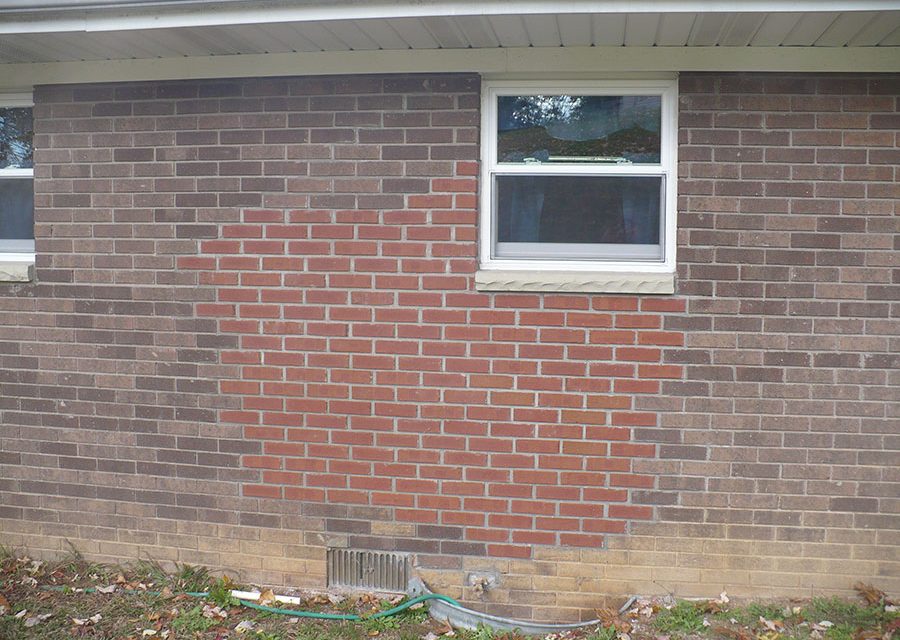
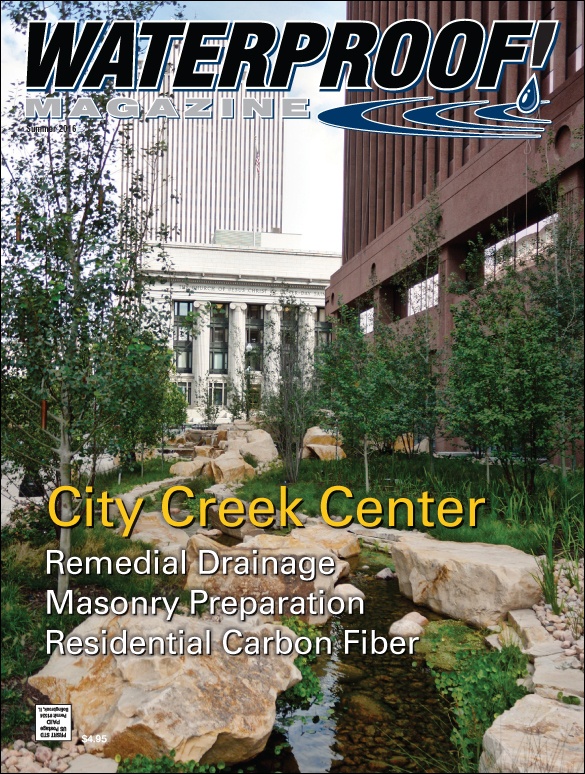




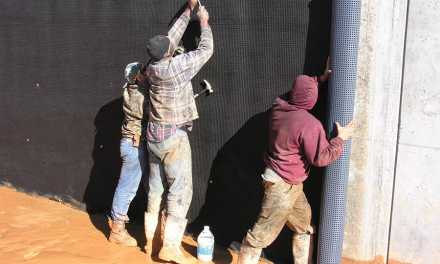
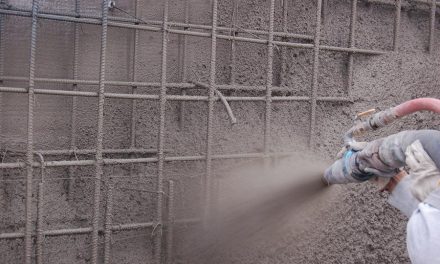
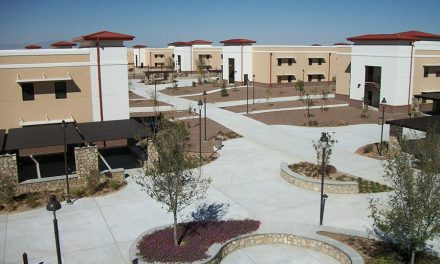



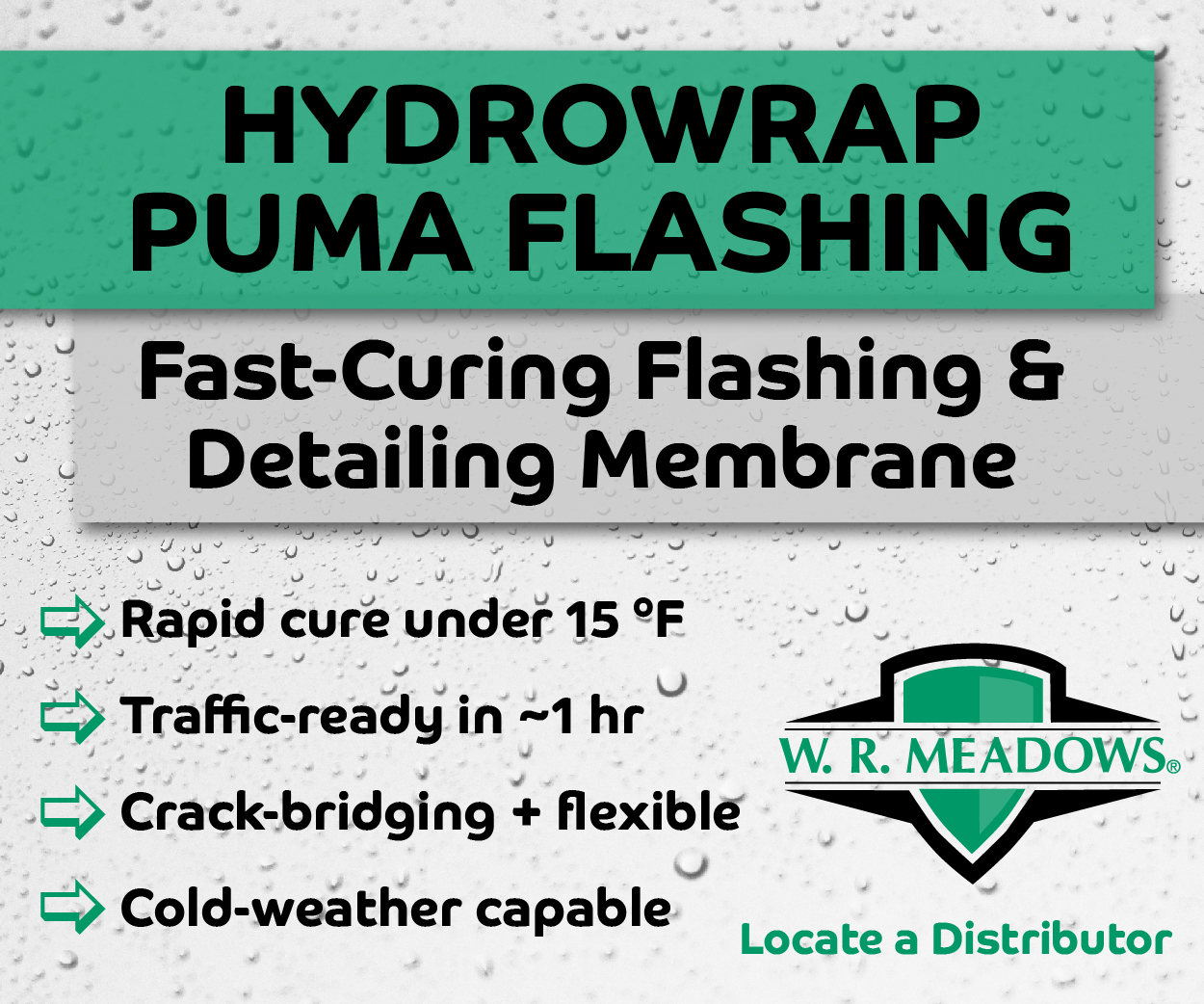







You make a great point about how true masonry stains are penetrating and translucent. I need to waterproof the brick in my basement. I’ll have to consider getting a contractor with the right equipment that is necessary for the job.